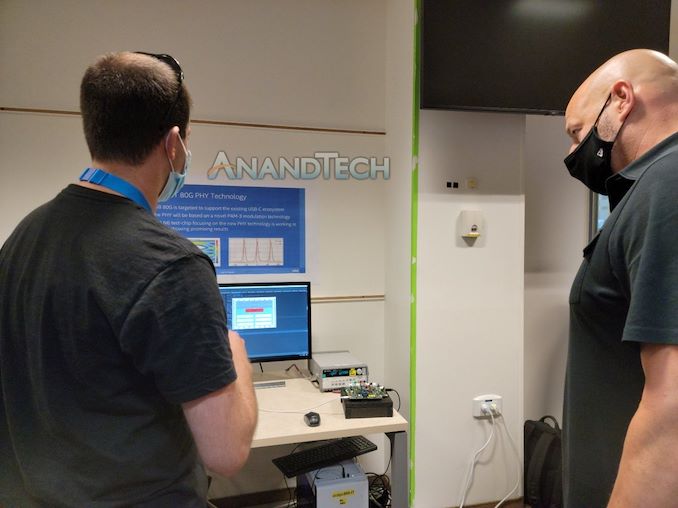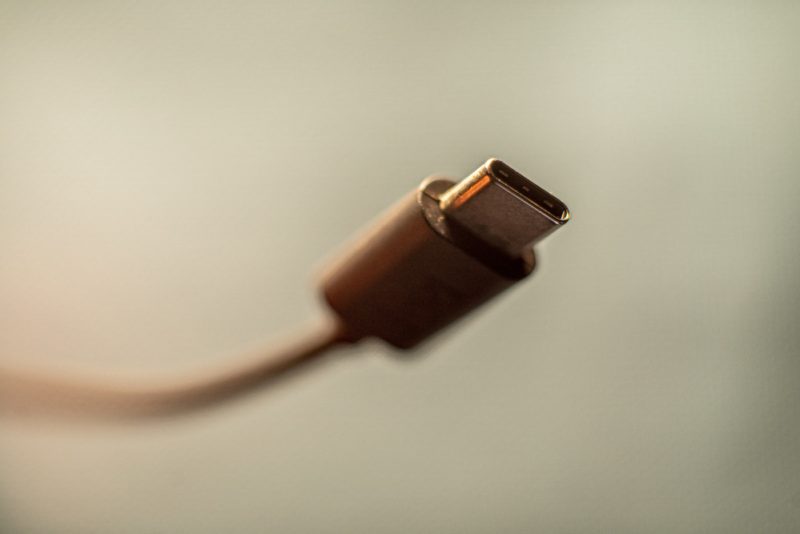Being a Tech executive and managing social media are really two parallel jobs. Just ask Gregory Bryant, Intel’s Executive Vice President and General Manager of the Client Computing Group, who ran into a bit of trouble on his trip to Intel’s R & D labs in Israel this week.
The day started so mundanely, with Gregory sharing that he was in the gym working out, trying to get over his jet lag.
Things got a bit more interesting than he wanted later, though. Gregory’s Twitter account shared a few pictures of the trip to the labs, and he had to delete one of the pictures.

You can see a poster above a computer screen in the deleted picture mentioning an 80G PHY layer.
To put that in context, the latest Thunderbolt 4, which is the fastest USB tech in the market right now, offers up to 40Gbps.
The second line suggests that this latest technology will still be implemented on the USB-C ecosystem. Of course, none of this has been confirmed by Intel. However, if the poster is believed, Intel will double the speed on its latest USB ports. The recently released Thunderbolt 4 works on Intel’s 11th Generation Tiger Lake chipsets, and it is quite possible that Thunderbolt 5 might be released on the current or next generation of Intel Chipsets.
The picture also shows a few lines on the PAM-3 tech, presumably what the latest physical layer will use. PAM stands for Pulse Amplitude Modulation, a technique in Signal and Systems, where data is transferred as the amplitude of a signal. PAM-3 can deliver more data than some of the other PAM’s because it can store more 1’s and 0’s in the same time period. This leads to wider bandwidths and hence better speeds.
Intel hasn’t commented on the matter, and the picture was deleted very quickly. But that won’t stop us from talking about it (Sorry, Intel, that’s just how it is!).
The fact that speeds as high as 80Gbps are possible in the next generation of Thunderbolt is wildly tempting. With these developments, it is becoming increasingly possible that the world of data transfer might finally be shifting to a unified protocol.
We’ll keep an eye out for any more fumblings of the Intel board members on using social media, so keep in touch!





